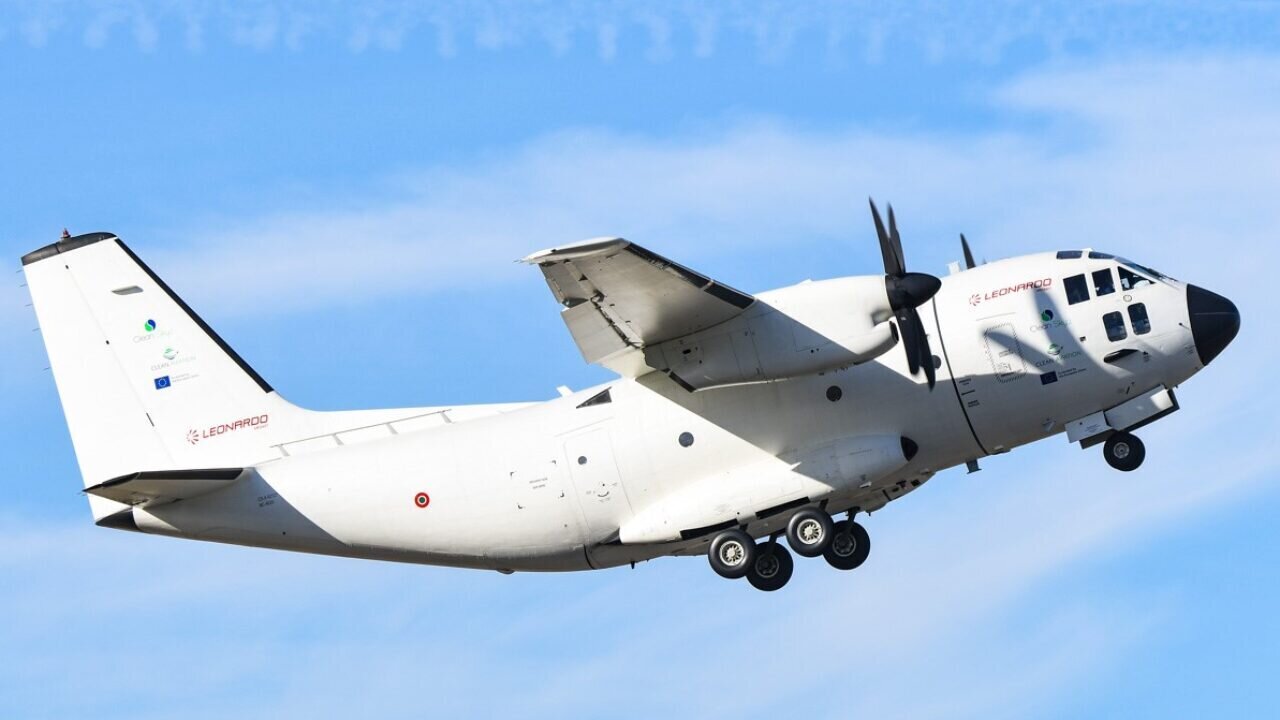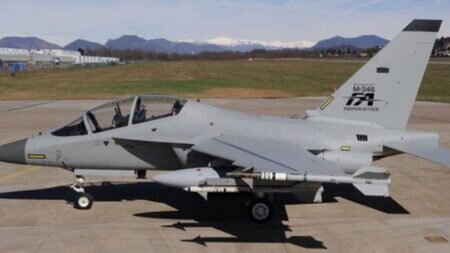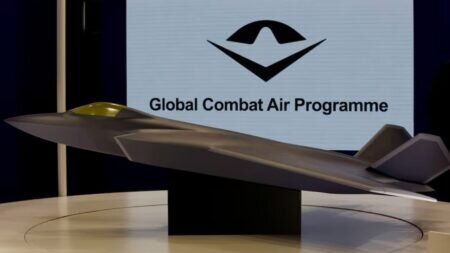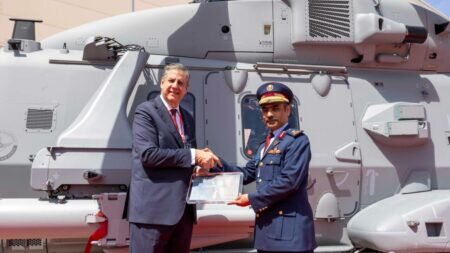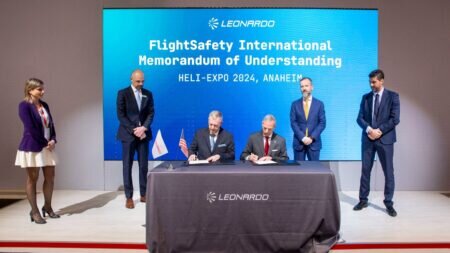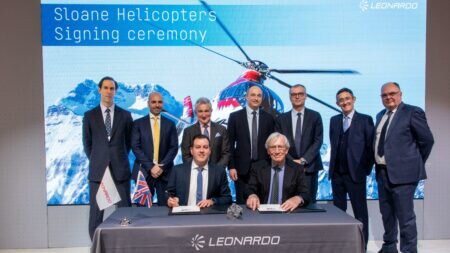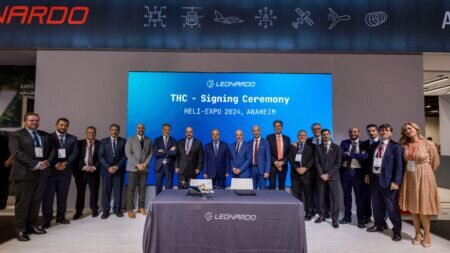The C-27J Flying Test Bed, a technological demonstration aircraft in the European Clean Sky 2 program, concluded at Turin’s Caselle airport the Regional Integrated Aircraft Demonstration Platform (REG IADP) campaign.
According to company’s statement “the in-flight demonstration concluded a technological development cycle that began 10 years ago in Europe under Leonardo’s coordination, with the involvement of national aeronautical excellences integrated with a highly qualified European ecosystem of over 100 partners, inclusive of SMEs, Research Centers, Universities, and Industries.”
“In-flight activities will validate the technical solutions conceived and designed by Leonardo’s engineers in Turin and Pomigliano d’Arco, making a significant contribution to reducing the fuel consumption – and therefore towards a sustainable and climate neutral aviation – of the future aircraft. Leonardo made available its C-27J Spartan aircraft, renowned for its outstanding flight performance and multi-mission capabilities, as a European Flying Test Bed for experimenting innovative wing configurations featuring special mobile surfaces – Innovative Wingtips and Morphing Winglets – capable of changing shape during flight through active, adaptive technology and digital systems.
These unusual surfaces are maneuvered by advanced electromechanical actuators with digital local control units and a central flight control computer on board of the aircraft which acts as a supervisor, checking and regulating the performance of the active Load Control & Alleviation system in real time to optimize the aircraft asset, performance, and fuel consumption during the flight.”
“The WingTip is equipped with a mobile part measuring about 80 centimeters, capable of rotating by up to ±15 degrees, while the Winglet is a vertical flap about 1 meter high at the tip of the wing, composed of two independent mobile parts, each with a maximum rotation of +5 to -15 degrees.”
“We are registering extraordinary technological results, made possible by an excellent European aeronautical ecosystem in which Leonardo is at the helm, brilliantly playing the part of innovation and sustainability coordinator,” notes Aurelio Calcedonio Boscarino, in charge of Strategy and Innovation at Leonardo’s Aircraft Division.
“The availability of experimental data will represent a strategic technological asset, also because of its potential for training artificial intelligence algorithms for maturing flight controls and future digital systems offering great reliability and incremental levels of autonomy, with reduced workload, in order to optimize the characteristics and performance of future aircraft during all the phases of the flight, reducing overall weight, fuel consumption and costs, while optimizing the product throughout the life cycle”.

